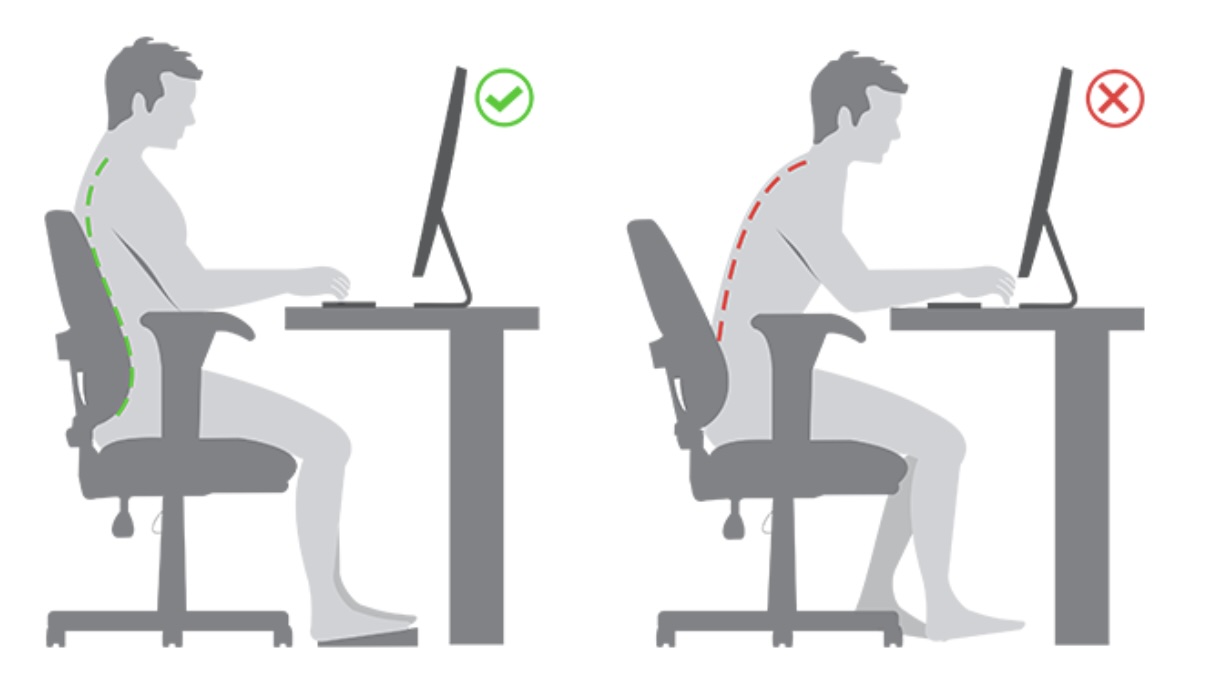How to improve joint health at work

We spend a large portion of our lives at work, and joint health plays a crucial role in our comfort and productivity. Maintaining healthy joints in the work environment is essential to combat the consequences of osteoarthritis and improve overall quality of life.
For this reason we analyze some basic tips that we should all have to take care of your joints while working. Especially if our profession requires us to spend long hours in front of the computer or sitting at a table.
1. Ergonomics in the workplace:
Ergonomics refers to adapting the work environment to the needs of the human body. Make sure your workspace is set up so that you can maintain a comfortable, neutral posture. Adjust the height of your chair and desk so that your elbows are at a 90-degree angle and your feet rest flat on the floor or on a footrest. Proper posture reduces stress on joints and prevents injury.
2. Change your posture and take micro-breaks:
Staying in the same position for long periods can put stress on joints. Be sure to change your posture and stretch regularly. Get up and walk around a bit every hour, or perform stretching exercises in your chair. These short breaks can reduce stiffness and improve blood circulation.
3. Regular exercise:
Incorporating exercise into your daily routine is essential to maintaining healthy joints. Performing low-impact exercises, such as walking, swimming or cycling, helps strengthen the muscles surrounding your joints and improve mobility. You can also perform joint-specific exercises, such as range-of-motion exercises, which help maintain flexibility.
4. Weight control:
Excess weight puts additional stress on the joints, particularly the knees and hips. Maintaining a healthy weight is beneficial to joint health. A balanced diet and regular physical activity can help you control your weight and reduce the load on your joints.
5. Hydration:
Avoid excessive alcohol and caffeine, as they can dehydrate you. Keep a water bottle at your workplace as a reminder to maintain adequate hydration.
6. Posture when using electronic devices:
If you spend a lot of time in front of a computer or mobile device at work, pay attention to your posture. Keep the screen at eye level and avoid looking down for long periods, which can cause neck and back strain. Use ergonomic supports if necessary to maintain proper posture.

7. Quality rest:
Restful sleep is essential for joint recovery and overall health. Make sure you get enough sleep on a supportive mattress and pillows. Adequate rest is crucial for joints to repair and recover from daily wear and tear.
With these tips what we are trying to convey to you is that taking care of joint health in the work environment is essential for a comfortable and productive life. Ergonomics, proper posture, exercise, hydration, weight management and rest are key components to keeping your joints in good condition. By incorporating these tips into your work routine, you can prevent joint problems and maintain an optimal quality of life at work and beyond.

